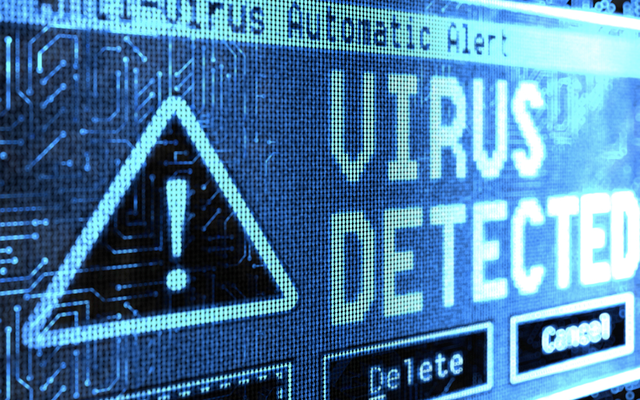
In today’s digital world, the threat of malware looms large over Windows and Mac users alike. Malicious software, or malware, comes in various forms, including viruses, worms, Trojans, ransomware, spyware, adware, and more. These threats can lead to data breaches, financial loss, and even identity theft. To safeguard your Windows or Mac PC from these digital dangers, it’s crucial to implement a robust defense strategy. In this comprehensive guide, we’ll delve into the best practices and tools to keep your computer secure from malware.
Keep Your Operating System and Software Updated
One of the most fundamental steps in protecting your computer from malware is to keep your operating system (Windows or macOS) and all installed software up to date. Malware often exploits vulnerabilities in outdated software, so regularly check for and install updates. Enable automatic updates whenever possible to ensure you’re always protected.
Use Reliable Antivirus Software
Invest in reputable antivirus software for an additional layer of protection. These programs scan your computer for known malware, block suspicious files, and provide real-time protection. Popular antivirus solutions include Norton, McAfee, Bitdefender, and Windows Defender for Windows PCs. macOS users can rely on built-in protections, but third-party options like Malwarebytes and Avast are available.
Employ a Firewall
Firewalls act as a barrier between your computer and the internet, monitoring incoming and outgoing traffic to block suspicious or unauthorized access. Both Windows and macOS come with built-in firewalls that should be enabled. Additionally, consider using a hardware firewall, like a router with a firewall feature, for enhanced protection.
Be Cautious with Email and Downloads
Email attachments and downloads are common avenues for malware distribution. Exercise caution when opening email attachments, especially if they come from unknown or untrusted sources. Download software and files only from reputable websites, and double-check the legitimacy of download links.
Enable Pop-up Blockers
Pop-up windows can sometimes deliver malware or phishing attempts. Enable pop-up blockers in your web browser to prevent these intrusive windows from appearing. Most modern browsers offer this feature, which you can enable in their settings.
Practice Safe Browsing Habits
Your online behavior plays a significant role in protecting your computer. Avoid visiting suspicious websites or clicking on random ads. Stick to HTTPS-enabled sites, indicated by a padlock icon in the address bar, as they encrypt your data for safer browsing.
Use Strong, Unique Passwords
Strengthen your defense by using strong, unique passwords for all your accounts. Password managers like LastPass, 1Password, or built-in options like iCloud Keychain for macOS can help generate and securely store complex passwords.
Implement Two-Factor Authentication (2FA)
Enable two-factor authentication wherever possible to add an extra layer of security. This requires you to provide a second form of verification, like a one-time code sent to your smartphone, when logging into your accounts.
Regularly Backup Your Data
We discussed backups in a previous blog. In case of a malware attack or other data loss incidents, maintain regular backups of your important files. Use an external hard drive, a cloud-based service like Google Drive or Dropbox, or a dedicated backup software solution to keep your data safe.
Educate Yourself and Stay Informed
Knowledge is your best defense against malware. Stay informed about the latest threats and attack vectors by following tech news and security blogs. Educate yourself and your family members about safe online practices to minimize the risk of malware infections.
In a world where cyber threats are constantly evolving, protecting your Windows or Mac PC from malware is an ongoing task. By following these best practices and staying vigilant, you can significantly reduce the risk of malware infections and keep your digital life secure. Remember that the key to effective protection is a combination of software tools, safe browsing habits, and continuous education about emerging threats.
